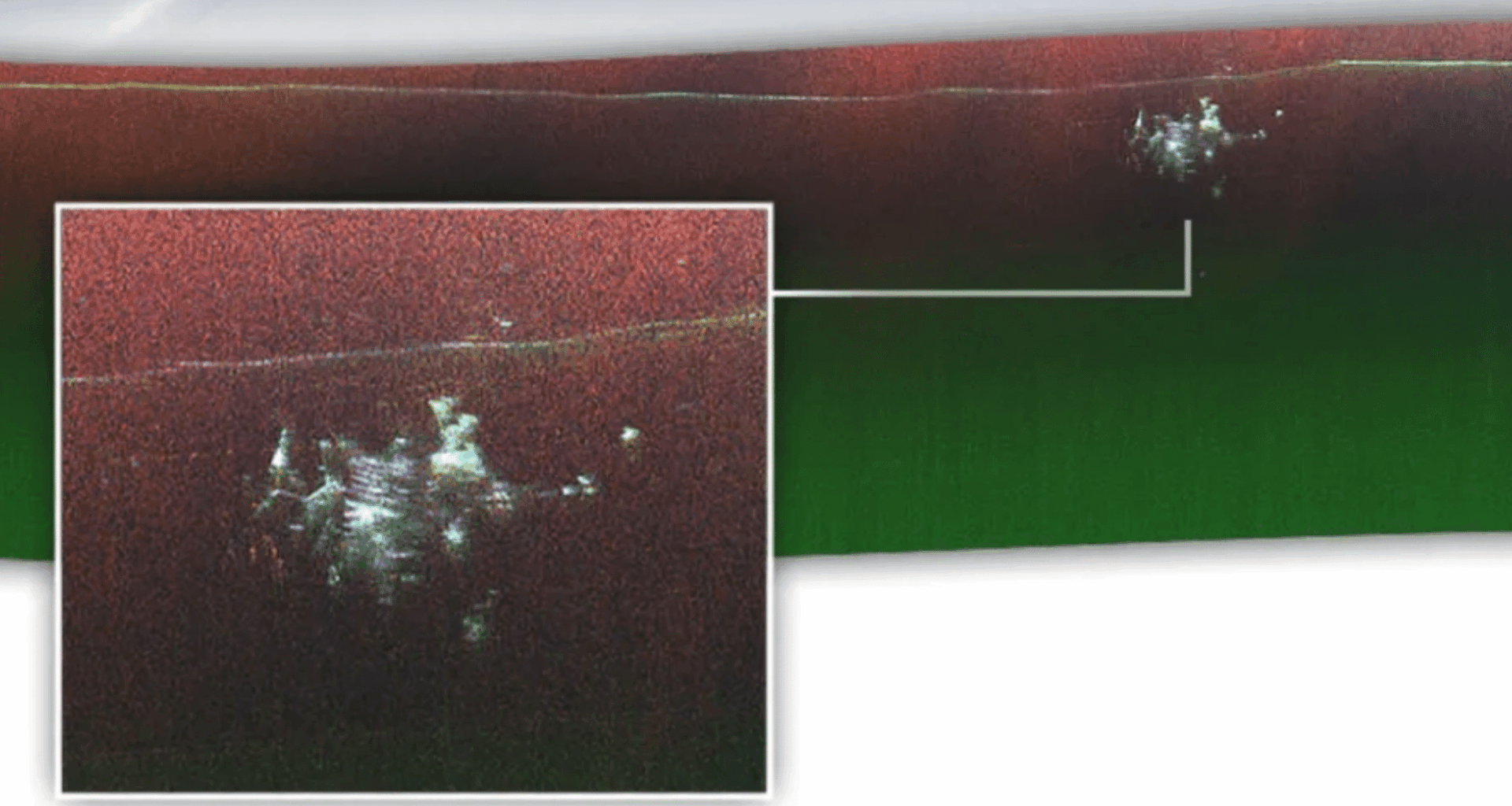In April 2024, NASA made a remarkable discovery while flying over Greenland’s icy landscape. Using cutting-edge radar technology, the space agency uncovered remnants of a hidden site buried deep beneath the Greenland Ice Sheet. What lay beneath the ice had been lost to time, forgotten under layers of snow and cold for decades. Thanks to NASA’s Earth Observatory and their advanced radar capabilities, this long-buried structure has reemerged, offering a glimpse into a forgotten chapter of history, now brought to light after many years of secrecy and isolation.
The Surprising Discovery of Camp Century
The rediscovery of Camp Century was entirely unintentional. NASA had been conducting a survey to map Greenland’s ice sheet when they stumbled upon the remnants of this long-forgotten base.
“We were looking for the bed of the ice and out pops Camp Century,” said Alex Gardner, a NASA cryospheric scientist. “We didn’t know what it was at first.”
At the time of the discovery, NASA scientists were not searching for military installations or historical sites—they were focused on studying the ice bed beneath Greenland’s glaciers. Yet, as the radar images began to surface, the outlines of Camp Century’s once-secret city emerged clearly beneath the ice, leading to a major revelation.
The radar technology used for this discovery, known as UAVSAR (Uninhabited Aerial Vehicle Synthetic Aperture Radar), is designed to map the layers of ice and even penetrate through thick surfaces to reveal what lies below. This same technology, which is often used to survey ancient ruins or hidden structures, was now exposing a Cold War relic buried deep within Greenland’s icy expanse. The military base, designed to house nuclear missiles, had been intentionally hidden from the public eye—and from history—until now.
Camp Century: A Cold War Legacy
Camp Century was not just any ordinary military base. Located about 150 miles from Greenland’s west coast, the base was constructed by the U.S. Army Corps of Engineers in 1959 as part of Project Iceworm. The mission was to establish a network of tunnels beneath the Greenland Ice Sheet, where nuclear missiles could be secretly stored and aimed at the Soviet Union during the height of the Cold War. Camp Century was equipped with 21 tunnels stretching across nearly 10,000 feet, making it an ambitious and highly classified project. NASA Earth Observatory details how the radar image provided a rare look into what had been a completely secret facility for so long.
Living conditions at Camp Century were harsh. Temperatures could plunge to a bone-chilling -70°F (-57°C), and fierce winds of up to 120 mph (193 km/h) made it one of the most inhospitable environments on Earth. Despite the severe conditions, the base was designed to house 200 personnel who would live and work in the tunnels, testing equipment, conducting research, and keeping the nuclear missile project running. However, the project proved to be unfeasible. The ice sheet was not stable enough to support long-term construction, and by 1967, the base was abandoned. But its remnants lay hidden for decades beneath layers of ice and snow.
The Technology Behind the Discovery
The 2024 discovery wouldn’t have been possible without NASA’s advanced radar systems. UAVSAR technology operates similarly to lidar, using radio waves instead of light to penetrate dense surfaces like ice. This allows scientists to peer through Greenland’s thick ice layers and uncover what lies beneath. “In the new data, individual structures in the secret city are visible in a way that they’ve never been seen before,” said Chad Greene, another NASA cryospheric scientist involved in the survey. The radar images clearly showed the outlines of the tunnels, the main facilities, and even the layout of the base.
These radar images offer an unprecedented look into the structure of Camp Century, providing clarity on a hidden piece of Cold War history. The UAVSAR radar technology allowed NASA to create a detailed 3D map of the area, revealing intricate details of the underground base that were once thought to be lost forever.
The Environmental Risks Beneath the Ice
While the rediscovery of Camp Century offers an intriguing glimpse into Cold War-era engineering and secrecy, it also raises serious environmental concerns. The ice surrounding the base may have preserved it for decades, but as global temperatures rise and the Greenland Ice Sheet melts, the base—and its hazardous remnants—could be exposed to the surface.
Camp Century was abandoned in the 1960s, but it left behind a legacy of environmental dangers. Among the materials left behind were 47,000 gallons of radioactive waste, which had been stored in barrels. These barrels, along with other biological and chemical materials, remain buried under layers of ice, but with the ice melting at an alarming rate, there is growing concern about the potential for toxic materials to leak into the environment. The exposed waste could pose serious risks to the local ecosystem and potentially affect nearby communities.
This discovery serves as a stark reminder of the unintended consequences of Cold War military projects. The ice has hidden these toxic remnants for decades, but as temperatures rise, the risk of contamination increases. The question now is whether the modern world will be able to mitigate the potential environmental disaster that could arise from these forgotten Cold War relics.

